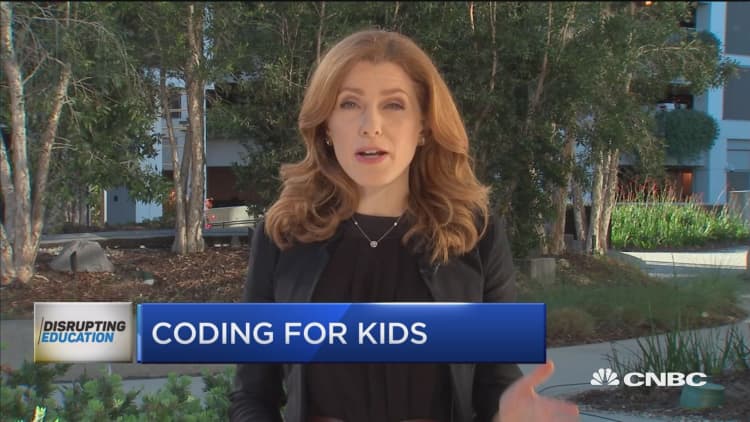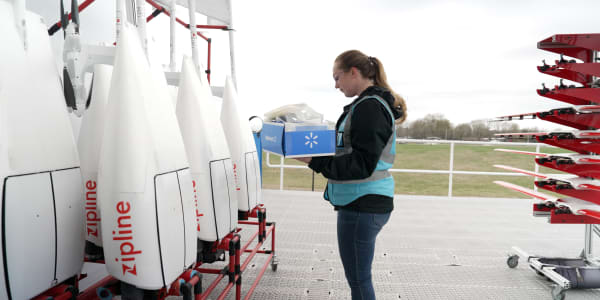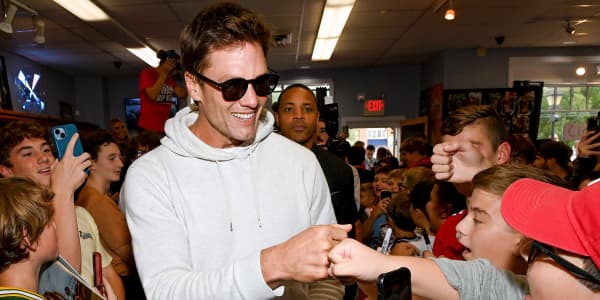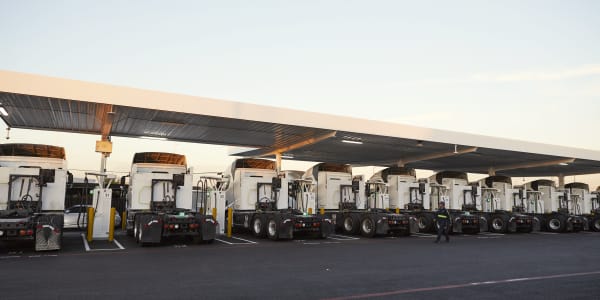
About half of the highest-paying American jobs now require some coding knowledge. But our tech skills are lacking: 15-year-olds in the United States ranked 38th out of 71 countries in terms of math skills, according to the Program for International Student Assessment. Now toy companies are lining up to offer kids fun ways to learn those valuable skills. With kids graduating from dolls and trucks at an earlier age, and demand for coding and other tech-savvy skills starting younger than ever, we're seeing an explosion of high-tech toys, and parents and even schools are buying.
The global market for child development toys is projected to reach nearly $40 billion by 2019, with 76 percent of that related to STEM — science, technology, engineering and math —according to Euromonitor. While toy giants Lego and Fisher Price offer coding-related toys, a number of start-ups are focused just on this new category of smart toys, particularly for kids between the ages of 6 and 12. And while there is a nearly infinite variety of mobile games that are designed to be educational, this latest group of start-ups aims to break tech education free from the tablet and into the real world.
Osmo connect iPads with tangible objects, like pen and paper or blocks. It's raised nearly $40 million from investors, including Mattel and Sesame Street. The key Osmo device — which effectively acts as a camera, bringing objects into the digital world on the iPad, costs just $19, while the kits that include games range from $99 to $189. But Osmo's CEO, Pramod Sharma, says parents are willing to invest in their technology.
"We believe there's a huge opportunity in influencing how children grow and learn," Sharma told CNBC. "That's where the value is, and we have seen constantly that parents are willing to pay a premium if there is inherently a learning value."
Sharma says the company is starting to invest in research to see how its product impacts learning, which should help the technology be adopted by more schools, which are now just about 10 percent of its market.
We believe there's a huge opportunity in influencing how children grow and learn.Pramod SharmaCEO of Osmo
Using Osmo to personalize learning is one way Sharma is trying to break into the in-school market. "How do you customize the content you offer to every child? ... That's very hard to do, because you have one teacher and 24 kids," Sharma says. "Technology can automate a lot of the feedback mechanism. … Once you build a really strong system, you can put it in front of every child, and the system is smart enough to understand what the child needs."
Another leading company in this category, already gaining traction in schools, is Wonder Workshop. It brings coding to life by teaching kids to program its robots with any device. The Dot, a smaller robot, costs $50, while the Dash, which has more capabilities, costs $150. The robots have been adopted by 10,000 schools worldwide, including some 7,000 U.S. elementary schools.
"These robots are actually very affordable for the teacher," said Wonder Workshop CEO Vikas Gupta. "That's been a core focus for what we've been trying to do — to make the technology very affordable for these teachers and for parents."
Wonder Workshop's technology is only possible because of the ubiquity of devices like iPads in the classroom and smartphones at home. The company leverages Bluetooth technology and the computing functions of tablets to keep the price of the robots down.
As Gupta pushes to make his products more accessible, the company is sponsoring an annual robotics competition and looking to close the gender gap in technology. "As opposed to earlier, when girls were often left out, on our platform with Dash and Dot, we see as many girls using robotics in programming as boys," Gupta said. "The winning team from last year's robotics competition from more than 20,000 children all over the world was a team of girls from a rural town in Michigan. That's the kind of disruption we're bringing."






